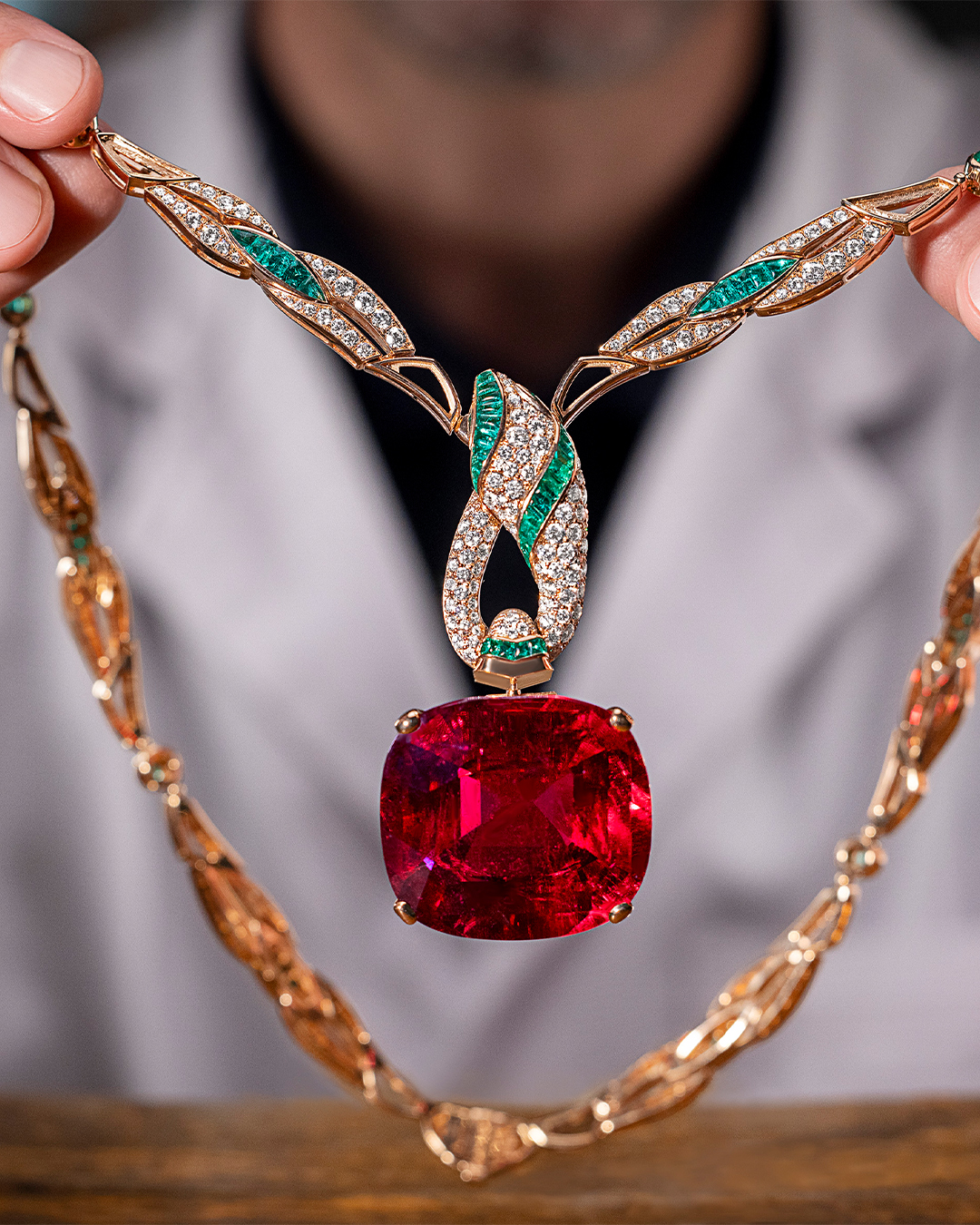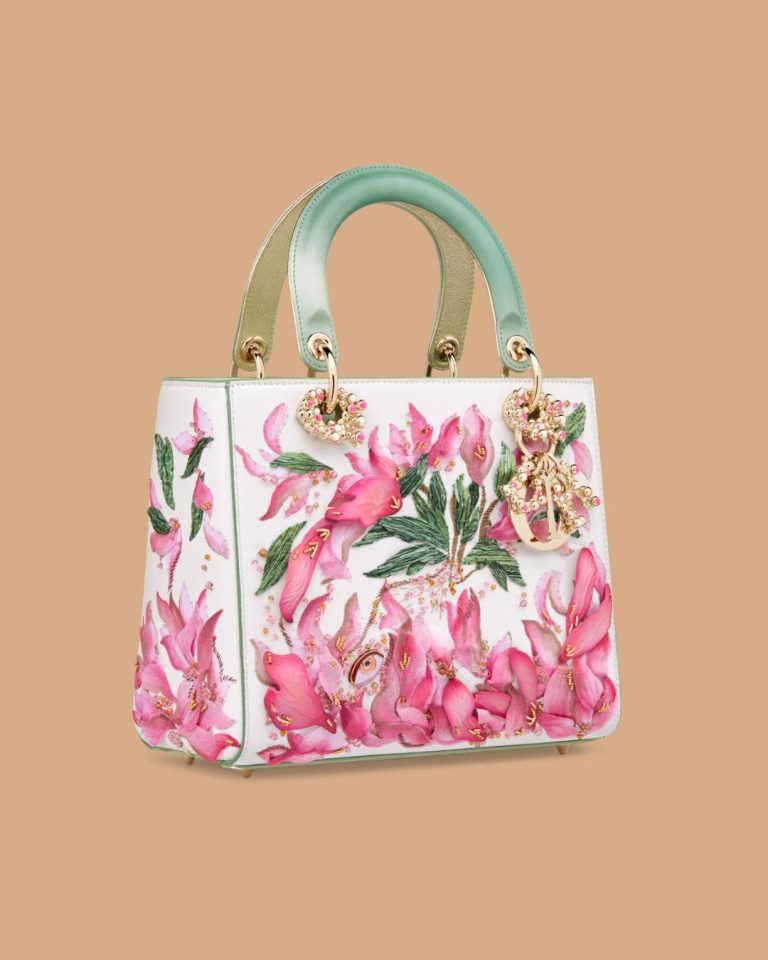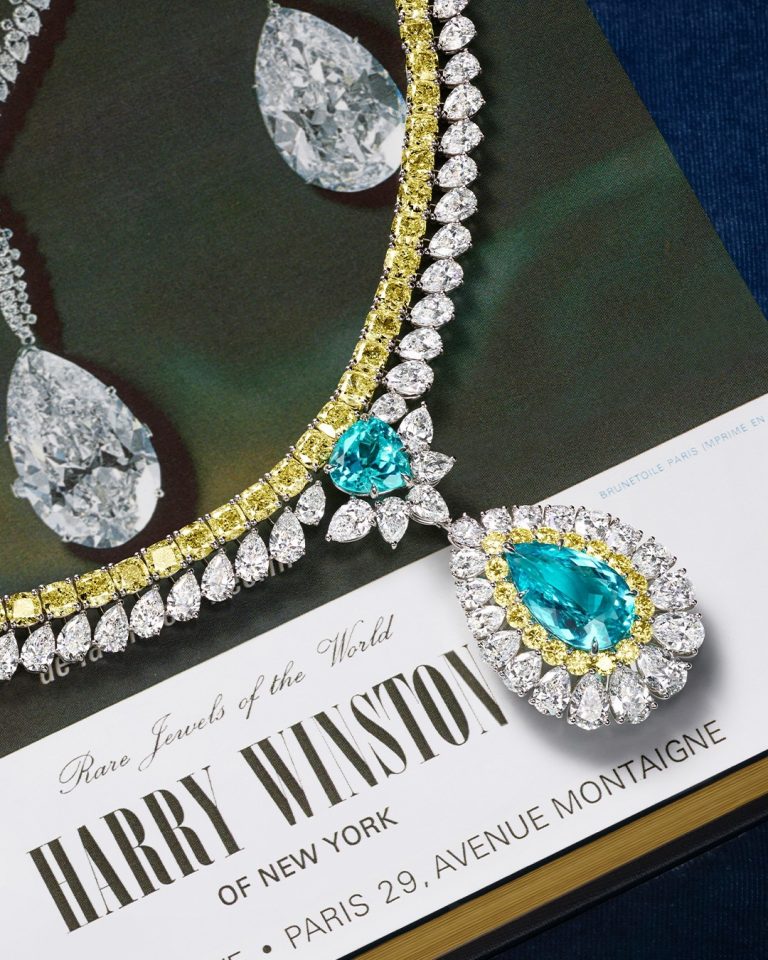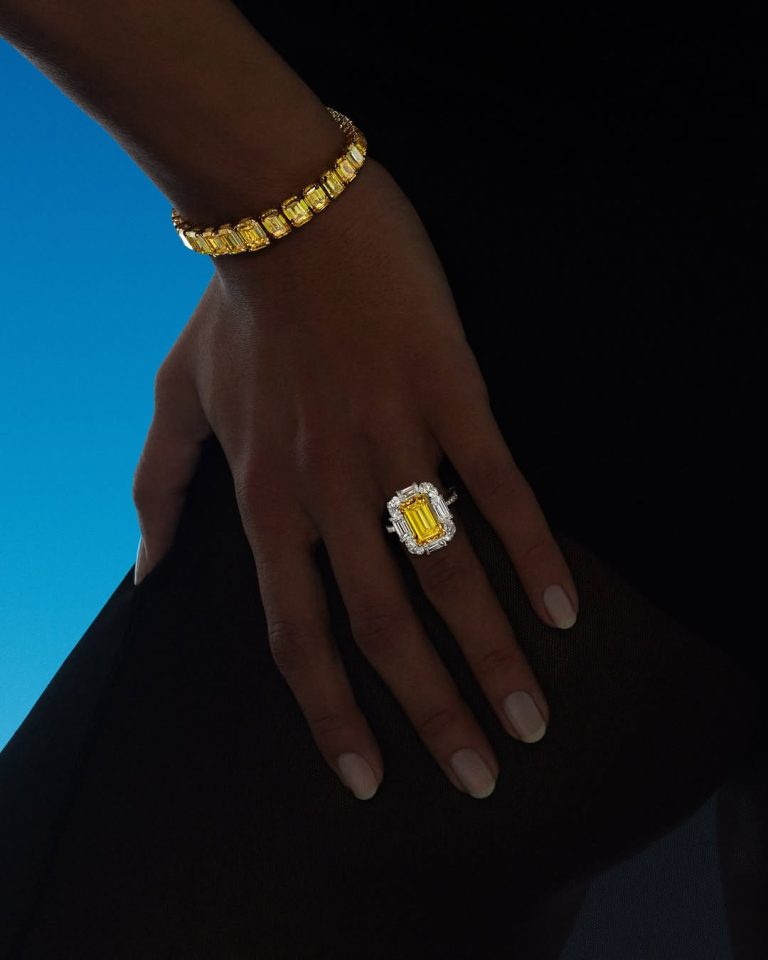Luxury, once thought untouchable, has been wobbling on uncertain ground. Fashion houses are seeing a pullback in demand, handbags are no longer flying off shelves at their usual pace, and even watches have slowed after years of explosive growth. Yet, against this backdrop, one category continues to gleam: fine jewelry. Despite the downturn in the broader luxury market, jewelry sales remain remarkably resilient, holding their ground as both adornment and investment.

It begs the timeless question many collectors whisper to themselves when they linger over a diamond, a ruby, or a strand of pearls: Is fine jewelry an investment? The answer, as history has shown, is yes—though the reasons why go far beyond the financial.
Jewelry: The Eternal Asset
Jewelry has always existed in a unique stratosphere of luxury. Unlike seasonal fashion or fleeting handbag trends, a jewel doesn’t age out of relevance. A diamond cut centuries ago still shines with the same fire today. Gold, emerald, sapphire, or pearl all hold intrinsic value that transcends the cycle of economic booms and busts.
When collectors ask if fine jewelry is an investment, the truth is that it functions as both a tangible asset and an emotional anchor. A Cartier Love bracelet, a Van Cleef & Arpels Alhambra necklace, or a Bulgari Serpenti watch can be worn, enjoyed, and passed down—yet still retain or even grow in value. This duality, part beauty and part security, is what makes jewelry more resilient than other luxury categories.
Why Jewelry Stands Apart
One reason jewelry remains strong, even as luxury slows, is that it straddles two worlds: adornment and wealth preservation. A handbag may signal status, but it rarely holds resale value once it leaves the boutique. Jewelry, on the other hand, is quite literally built from materials that are scarce, precious, and eternal.

Gold’s role as a hedge against inflation is well-documented, and diamonds—despite their marketing-driven aura—are still one of the most portable forms of wealth. When people ask if fine jewelry is an investment, they are really weighing whether it holds the same permanence as stocks, property, or art. Unlike those, however, jewelry carries a deeply personal utility. It can be worn and enjoyed every day, making its “return” more intimate and immediate than numbers in a portfolio.
History’s Proof of Jewelry’s Value
History has shown, time and again, that jewelry is a safe harbor in turbulent seas. From royal treasuries to refugee families crossing borders, jewelry has served as the most portable form of wealth preservation. Emeralds, rubies, and sapphires have funded wars, crowned dynasties, and safeguarded futures.
Collectors today may not face the upheavals of monarchs or exiles, but the principle remains the same. When the question arises, is fine jewelry an investment? history answers decisively. Unlike other luxury goods, jewelry carries an unbroken record of enduring worth, whether as heirlooms passed through generations or as auction stars commanding millions under the hammer.
Fine Jewelry As An Investment: Why Now Is the Best Time to Collect
With the broader luxury market cooling, jewelers are focusing more intently on collectors. This creates a rare opportunity. Houses like Cartier, Chaumet, Boucheron, and Mikimoto are presenting collections that speak not only to beauty but also to permanence. Pieces today are crafted with a reverence for artistry and rarity, as if the maisons themselves know we are entering an age where substance outshines spectacle.

So if you have ever wondered if fine jewelry is an investment worth starting now, the answer may be more compelling than ever. Prices at auction continue to show a strong appetite for exceptional stones. Collectors with foresight can acquire pieces before demand accelerates again—because, make no mistake, jewelry demand always returns. Unlike handbags or dresses, jewels are not subject to trend fatigue. They remain relevant century after century.
The Personal Dimension to Fine Jewelry As An Investment
I’ll admit, as a writer and collector, I often ask myself the same question I hear from others: Is fine jewelry an investment, or just an indulgence? Every time I clasp a vintage gold chain or slip on a sapphire brooch, I feel the answer is both. These are not frivolous ornaments; they are vessels of memory and identity.
Jewelry carries stories, whether of a grandmother’s brooch worn at her wedding or of a pair of diamond studs bought to mark a first promotion. The return on investment here is not measured only in dollars but also in moments—an ROI that outlasts balance sheets.
Auction Houses as Proof Points
Recent auction results highlight this resilience. At Christie’s and Sotheby’s, colored diamonds and rare pearls continue to fetch record prices, even as the rest of the luxury sector slows. The “Marie-Thérèse Pink” diamond, sold in June, drew international headlines not only for its beauty but also for its commanding price. Collectors are willing to pay because they understand fine jewelry really is an investment. The resounding auctioneer’s gavel provides its answer with each sale.
Spinels, emeralds, and natural pearls—stones that might once have seemed niche—are now entering the spotlight. This shift shows that the market itself is evolving, rewarding knowledge and discernment. To collect jewelry now is not just to invest in beauty but also in cultural history being rewritten before our eyes.
A Recession-Proof Passion
Even in economic downturns, jewelry consumption tells a different story. During the pandemic, when travel and experiences were limited, consumers turned to jewelry for joy and meaning. The lesson lingers: when external pleasures are stripped away, adornment becomes one of the few luxuries that still delivers emotional return.

This makes jewelry almost recession-proof. People may stop buying fashion, but they will continue to mark life’s milestones with a diamond ring, a pearl strand, or a bracelet engraved with love. And when asked—is fine jewelry an investment or simply sentiment—the answer lies in the way it manages to be both, simultaneously.
Final Thoughts: A Call to Collectors
In a world where so much feels fleeting, fine jewelry endures. It is metal forged from the earth, stones crystallized over millennia, and craftsmanship that distills human creativity into permanence. It is wearable history, tangible wealth, and intimate poetry all at once.
So when one pauses before a showcase or a catalog page and wonders if fine jewelry is an investment, the truest response is that it always has been—and always will be. The only question left is not whether to collect, but when. And the answer to that, in the hush of today’s market, is now.
Featured image: Bvlgari

Sewelo is a world where jewelry, watches, and objects come alive in a shimmering dance of fantasy. Through a literary lens, we celebrate the beauty and elegance that make these treasures more than just possessions.




